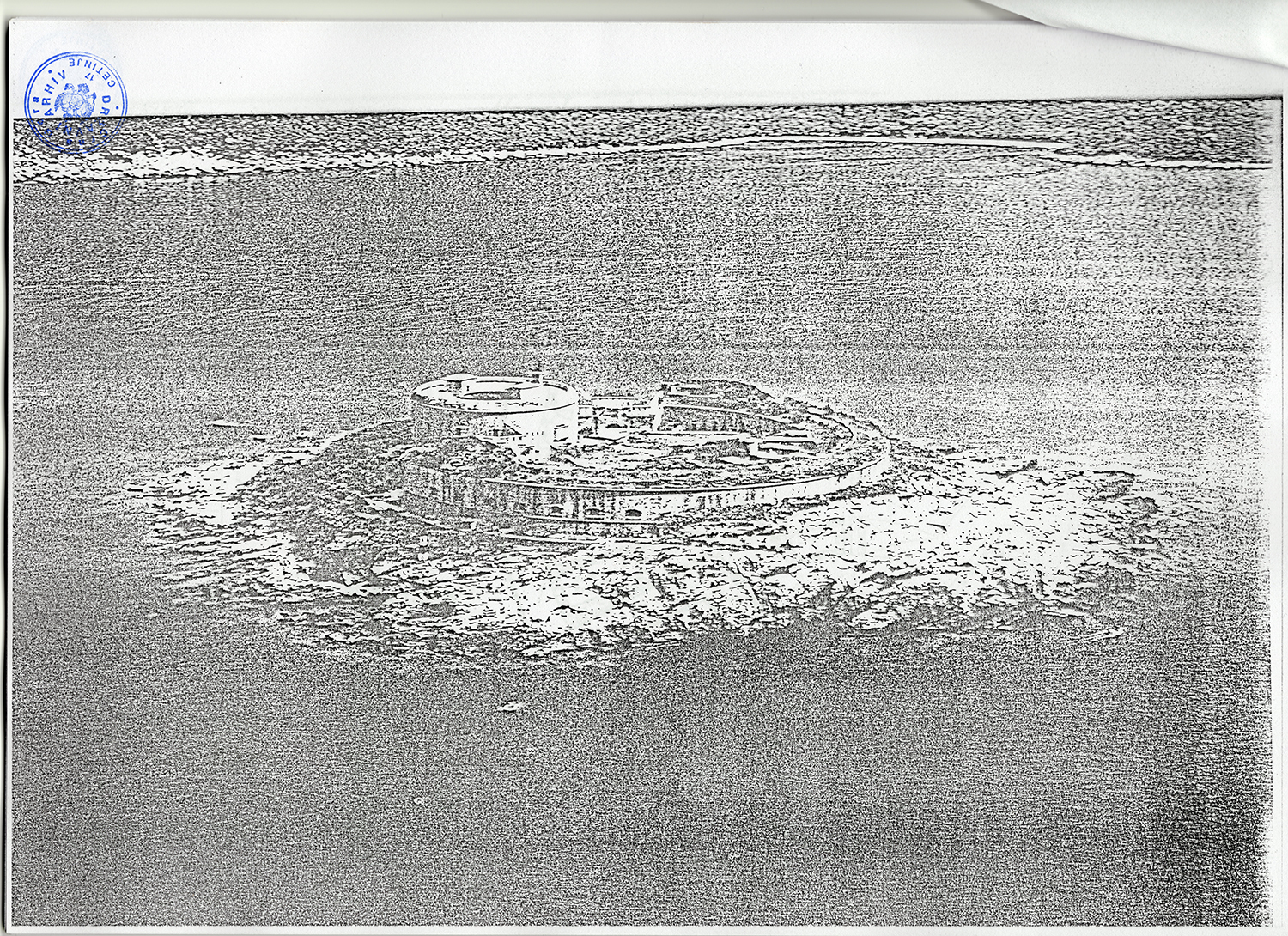Describe your studio/work practice.
My practice was for several years parallelly doing solo projects and working in a contemporary art gallery – Novembar Gallery in Belgrade where I worked as a curator and art director. In solo projects, I work mostly with artists whose practice I have followed for years, and with whom I have an intense exchange of ideas and share the same values. In the gallery, I was trying to expose the practice of emerging young artists because working with them is exciting, fun, and challenging. However, working with already-established and international artists taught me a lot about the process of curating and my drawbacks. Like probably most curatorial practices, my practice is a mix of reading many different things at the same time, exchanging through dialogue, contextualizing, shifting focuses, and in the end synthesis.
What does participation in the Venice Biennale mean to you?
It is first of all a huge privilege and luck, for your work to be selected to be seen by such an audience, and to have it in your biography is something that I guess changes the career (of an artist especially). For both me and Darja Bajagić, it is an opportunity to send a message and share an important story not only of Mamula Island but of our relationship to heritage and history.
What do you expect in terms of your career as a result of this participation?
As a curator, I expect more opportunities to work with curators, artists, and institutions I admire, and to get things more spontaneously. But also to connect with interesting people on the global art scene, and broaden my horizons regarding practice outside of institutions.
Did you feel or sense anything during the application process or preparation that made you aware of being Central-Eastern European? If yes, what were the advantages or disadvantages of this? (eg.: financial aspect, reception)
Budgets are something that makes you constantly aware of where you come from when compared to the Western World especially. Luckily, we are used to working with whatever we have without compromising the quality.
Darja Bajagić is already a part of the global art scene, so working with her feels pretty much like working without being aware of where you come from. The only material conditions are those that bring you down to earth.
Do you think there is such a thing as ‘Central-Eastern European-ness’ in the field of fine arts, similar to history, politics, and culture? If yes, in what ways?
In my practice I read and write about Serbian, Yugoslav, regional, or global artists, so contexts always vary regarding what you are writing about. If it is feminist art then there is a point of connection between Eastern or Central European art, but still, Yugoslavia had its specific position and cultural context. Similar is today, some historical and material conditions bring us closer like Eastern Europeans, but in some way, many of those conditions are global issues. For me, the question is not so much what is Central-Eastern European-ness (for you can always find a way to construe an identity or genealogy) but why do we need that category today, politically, contextually, or regarding identity and how do we use it, what for?
As a curator at the Venice Biennale, did you notice any changes in yourself during the preparation? E.g: Has your attention, taste, or opinion changed? Has your range of interests expanded? If yes, in what way?
I finally read some things I always wanted to read, like Giorgio Agambens’s book, Homo Sacer, or I am reading about concentration camps. For me, it means turning to not-so-nice sexy trending topics in art, but to the darker side of history and humanity. Regarding opinions, they don’t change overnight, I am starting to notice some things that might influence my opinions or behavior – like how people locally react, what kind of support I get, what my blind spots in knowledge are, and in what way I should work on my practice.

